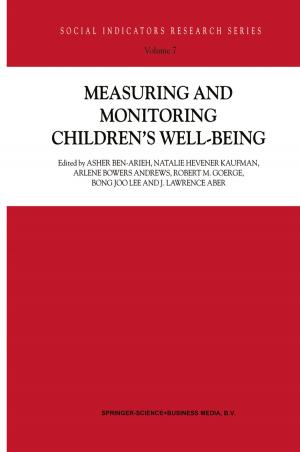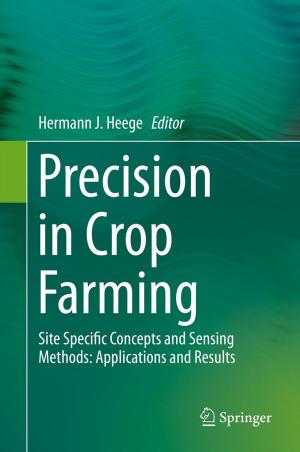Ecosystem Classification for Environmental Management
Nonfiction, Science & Nature, Technology, Environmental, Business & Finance, Economics, Nature| Author: | ISBN: | 9789401713849 | |
| Publisher: | Springer Netherlands | Publication: | March 9, 2013 |
| Imprint: | Springer | Language: | English |
| Author: | |
| ISBN: | 9789401713849 |
| Publisher: | Springer Netherlands |
| Publication: | March 9, 2013 |
| Imprint: | Springer |
| Language: | English |
When Lovelock published his 'Gaia', it was for many people quite a relief. We would not be able to destroy life on earth. Lovelock illustrated this argument with a wealth of mechanistic feedback processes, as we know them to occur in ecosystems. These feedback processes would, somehow, lead the earth as a whole into a new equilibrium. An equilibrium with life within, be it in an entirely changed environment. This is, indeed, let us be earnest: a functioning ecosystem. But what kind of ecosystem? The Gaia-hypothesis triggered a great deal of thought and discussion about what we actually require as an environment. Bio diversity as an abbreviation of biotic diversity has since become the focal point of societal concern. But again, when we think about it, we are not only interested in the sheer number of species on earth. We also have ')ther interests: nearby, in our backyards, in the surrounding countryside, and on the various locations where we would like to spend our holidays. We also want to preserve rare or characteristic species just for their own sake. In fact, we want species in viable populations to be part of communities that are self-maintaining in environments where they belong. We know we cannot ask for this without protecting their environment, which is also our environment. This is where the next fashionable term emerges: sustainability.
When Lovelock published his 'Gaia', it was for many people quite a relief. We would not be able to destroy life on earth. Lovelock illustrated this argument with a wealth of mechanistic feedback processes, as we know them to occur in ecosystems. These feedback processes would, somehow, lead the earth as a whole into a new equilibrium. An equilibrium with life within, be it in an entirely changed environment. This is, indeed, let us be earnest: a functioning ecosystem. But what kind of ecosystem? The Gaia-hypothesis triggered a great deal of thought and discussion about what we actually require as an environment. Bio diversity as an abbreviation of biotic diversity has since become the focal point of societal concern. But again, when we think about it, we are not only interested in the sheer number of species on earth. We also have ')ther interests: nearby, in our backyards, in the surrounding countryside, and on the various locations where we would like to spend our holidays. We also want to preserve rare or characteristic species just for their own sake. In fact, we want species in viable populations to be part of communities that are self-maintaining in environments where they belong. We know we cannot ask for this without protecting their environment, which is also our environment. This is where the next fashionable term emerges: sustainability.















